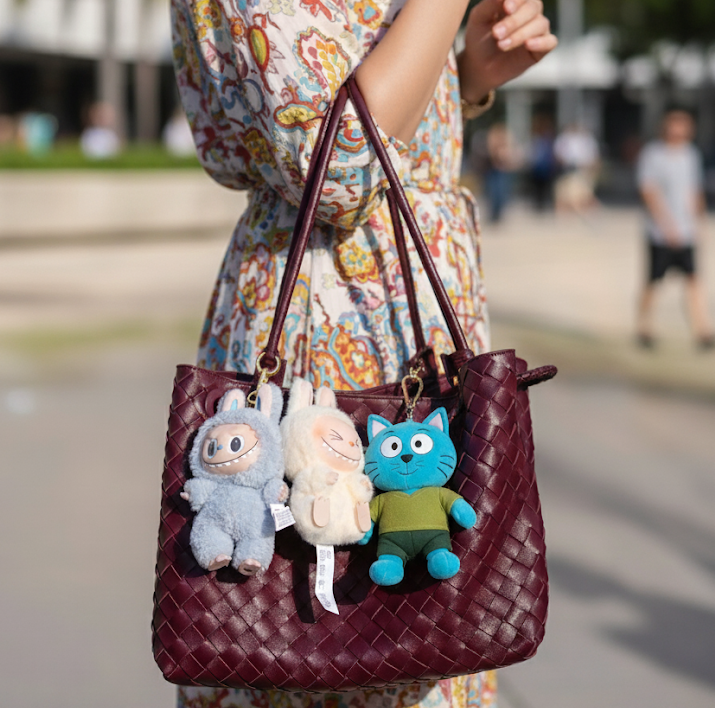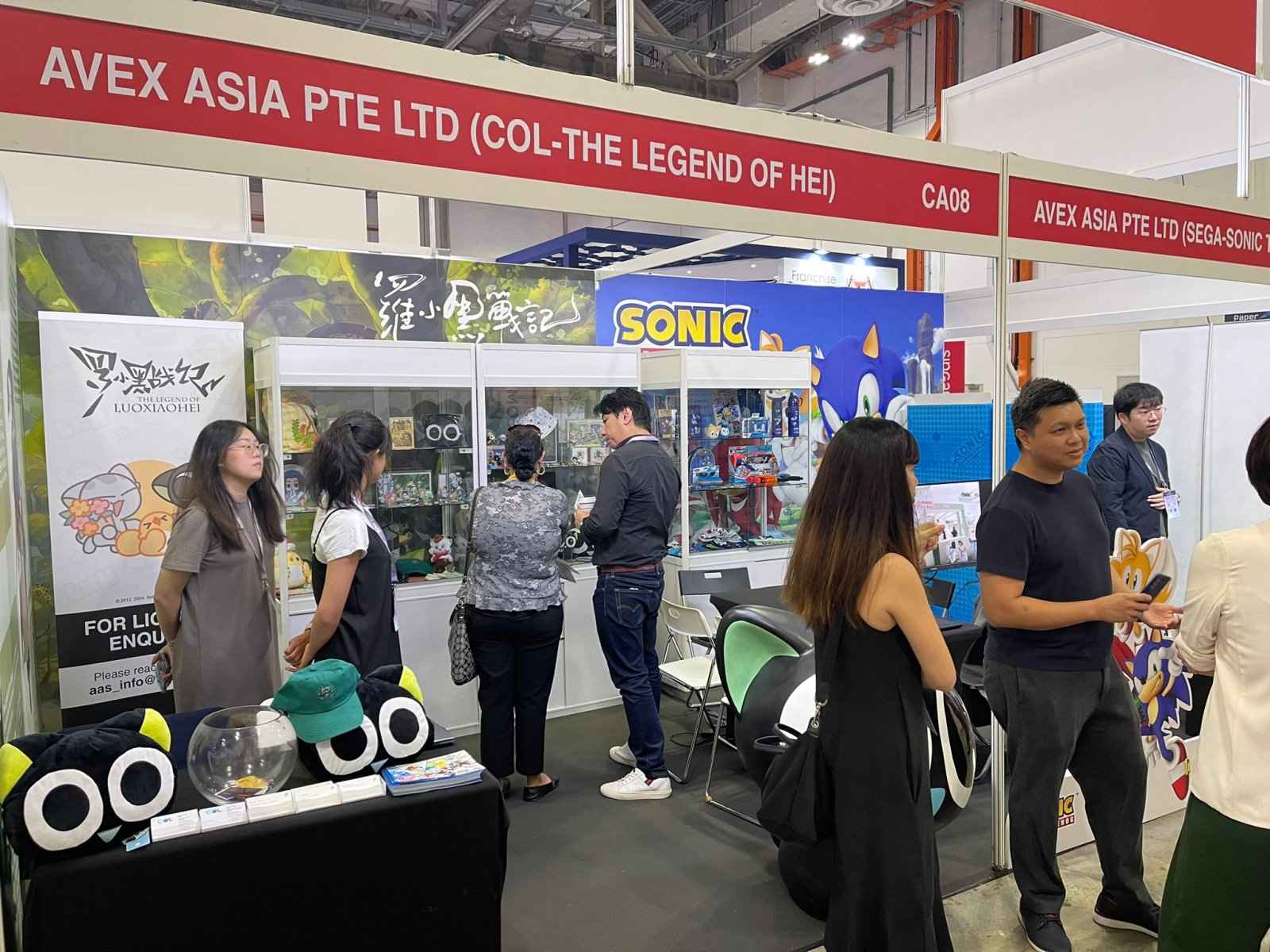Last Updated on 2025-09-03 , 4:48 pm
If you’ve ever looked at your own creation and wondered whether it could live on T-shirts, snacks, plushies, stationery and maybe even a pop-up café, you’re basically thinking about brand licensing, which is just a fancy way of saying the owner of a character or logo lets another company use it on products or services in exchange for money, with everyone agreeing to rules that protect the brand and keep quality consistent so nobody ends up with a tragic bootleg keychain that scares children at pasar malam.
Like, for example, Goody Feed Pte Ltd giving permission to someone to use The Blue Cat character through a contract that spells out who does what, where, for how long, and how the money flows.
Yes, this means that “someone” can create a Blue Cat charm.

But why bother, right?
Well.
Why Licensing is Useful
For a brand owner, licensing lets you grow into new categories and markets without building factories or hiring an army of salespeople, since your partner manufactures and sells while you earn royalties and protect your brand’s positioning.
For example, Goody Feed won’t need to spend extra money to market the Blue Cat character’s bag charm.
For a manufacturer or retailer, licensing gives you a head start because consumers already recognise and trust the character, so your shelf doesn’t need to shout quite as loudly to be noticed.
This often means faster sell-through and less marketing spend to convince people that Blue Cat-branded bag charms or lunch boxes are worth it.
So how do you actually get from “Eh, my character cute leh” to a proper deal in the market?
What should you do before signing any licensing agreement?
What to Do for Licensing
Before anyone signs anything, both sides should do due diligence, which means checking financials and operational capabilities and, very importantly, confirming the character’s IP is actually registered in the territories and product classes you plan to sell in.
In other words, if you’re trying to buy The Blue Cat license, say, to be used in Malaysia, make sure Goody Feed has the rights to sell it to you for use in Malaysia; they might have a Red Cat there!
Then you negotiate the licensing agreement that sets out product categories, territories, channels, duration, royalty rates, minimum guarantees, advances, quality standards and the all-important approval process for designs, samples and packaging, followed by a simple but tight workflow for getting things approved.
Also, be crystal clear about what products are in-scope and what are out-of-scope, where the license applies, whether exclusivity is granted and under which conditions it can be lost, how royalties are calculated (usually a percentage of net sales), how and when they’re reported and audited, and what happens to leftover stock when the term ends, since end-of-life dumping can hurt your brand faster than a bad review.
Confused, yet keen and want to know more? Fret not.
Licensing Village
Reading about licensing is one thing, but meeting people who do it every day and can tell you if your character has legs (or tails) is where things get real.
This is why the Licensing Village at Franchising & Licensing Asia (FLAsia) 2025 is worth blocking off in your calendar, since it runs 18–20 September 2025 at Marina Bay Sands, Singapore.
You see, it’s set up specifically to connect licensors, licensees, agents and brand owners who are actively hunting for IP that can move the needle.

The Licensing Village is a dedicated hub where strategic partnerships are formed, new IPs are discovered and commercial opportunities get pushed forward, with a visitor base they tout as 4,500+ people from 30+ markets, which is frankly a lot more efficient than cold-DMing IP owners at 2am.
Excited to start? Register for free here then!
And no, the Blue Cat is not for sale, and it’s not because Goody Feed Pte Ltd is not one of the exhibitors, but it’s because we all know no one would buy his license. In fact, people might pay to get rid of him.
This article is written in collaboration with Franchising & Licensing Asia (FLAsia) 2025.

